My hero, Dr William Marston, creator of Wonder Woman and a forefather of DISC
Have you ever undertaken a behavioural assessment? There are so many available in the marketplace thanks to companies favouring the use of them to profile team members when on-boarding or looking to enable performance. I have long been a DISC fanatic, a framework used to give context to observable behaviour which was fashioned by Dr William Marston, the creator of the comic book character Wonder Woman. A Harvard educated lawyer with a Ph.D. in psychology, Marston’s secondary claim to fame is that he pioneered the development of the lie detector.
In 1928 Marston published ‘Emotions of Normal People’ in which he outlined four basic categories of ‘normal’ emotions or patterns of behaviour that a person is likely to demonstrate in response to the conditions of the environment they find themselves in. His framework gave foundation to what is now known as the DISC model.
Whilst many versions of DISC instruments exist in the market place, I use Bill Bonnstetter’s ‘Style Insights’ report when working with individuals or teams to explore communication preferences and behavioural commonalities. Bonnstetter pioneered the first computerised version of DISC in the 1980’s and his research efforts since publishing have been rigorous. Each of the letters in DISC give representation and context to behavioural patterns we can observe. The types of behaviours associated with each letter category are outlined following.
Partiality in behaviours
Research has shown that whilst all four of the behavioural patterns are present in all people to a degree, from a young age the majority of us develop a partiality to one or two of the patterns over the others. We can consciously adapt our behaviour depending on circumstance and situation; however DISC surmises that this ‘adaption’ takes us effort to sustain.
A ‘Style Insights’ report outlines both our ‘natural’ and ‘adapted’ behaviour.
The ‘natural’ graph represents how we awake in the morning. If you like, it’s the style we portray when with family and friends. Our ‘adapted’ graph illustrates how we modify our behaviour when engaging with others, most probably when working in a professional capacity.
The above graphs are from my DISC profile. You can see from my graph interpretation that I awake as a high [D]: a demanding, ambitious, strong-willed individual; who is [I]: inspiring, enthusiastic and persuasive”. If you didn’t know better, I may have just described president elect Donald Trump, Sir Richard Branson or Judge Judy! [Have a read of our earlier article ‘Famous DISC characters’ aptly written by guest blogger extraordinaire Theo Winter].
As I prepare for my work day my sociable side lowers (from 96 to 83) and I prepare to temper my non-verbal behaviour (depicted by my drop in Steadiness from 22 to 6). I always bend the rules as long as they don’t break and favour ‘throwing caution to the wind’ as illustrated by my [C] Compliance lowering from a 5 to a 4.
Why I love DISC?
People always ask me “What’s the perfect DISC style?” My answer remains steadfast that there isn’t one. The benefit of the DISC model lies not in using it to build stereotypes; rather using its vantage to give context to behaviour. It serves as a looking glass, providing awareness and insight. Insight into how others may perceive us when we engage with them in either our public or private persona.
I use the ‘Style Insights’ reports because they are easy to read and interpret. The DISC language is relatable, fun and easy to remember. I find it provides a common language which stimulates discussion and conversation; particularly when used in a team environment. As you interpret the report you strengthen awareness of your own behaviour and are afforded insight into others. DISC provides a framework to understand and consider how to interact with, work with and effectively engage others. It affords a structure that can be used to reflect on personal levels of motivation, how you may react in a conflict situation or when facing a challenge, and gives insight into how others may perceive you.
DISC; is there a down side?
So is there really a down side? I prefer the phrase: ‘room for caution’; particularly on the part of the practitioner. Being one of the most used models favoured by Fortune 500 companies, if a practitioner isn’t certified then it is prone to conceptual confusion, over simplification and misinterpretation. Practitioners have a tendency to pigeonhole or stereotype, overlooking other factors which influence emotional intelligence which must be considered when coaching individuals to achieve insight and growth. Many people once a DISC-pert, use it as an excuse to rationalise bad behaviour patterns. ‘Don’t be offended by my approach; that’s just the way I am - a high D’. I think it is also treacherous to use DISC in isolation in a recruitment process. There are so many facets that contribute to capabilities; making a hiring decision based solely on the DISC model may well exclude you from hiring a peak performer.
That’s DISC in a nutshell
So that’s DISC in a nutshell. It’s perfect as a framework to use when interpreting and exploring observable behaviour, or you wish to gain insight into the perceptions of others’ that may be different to yourself. An invaluable tool, or a farce? Why don’t you decide after you explore your own report and see if it affords you any feedback.
If you have a DISC experience that you’d like to share with us; we’d love you to leave comment in the area below. If you liked this article and think there would be value in sharing it; please do so! We love to know what makes you curious so that we can bring you more!
Research underpinning this blog was based on DISC Model of Human Behaviour, authored by Theo Winter in his book ’40 Must-Know Business Models For People Leaders’ (2016). Copies are available here http://www.dtssydney.com/shop
Style Insight DISC interpretive reports can be facilitated by an accredited practitioner of TTI Success Insights. For further information contact MJ Satterthwaite: mj@scopevision.com.au












